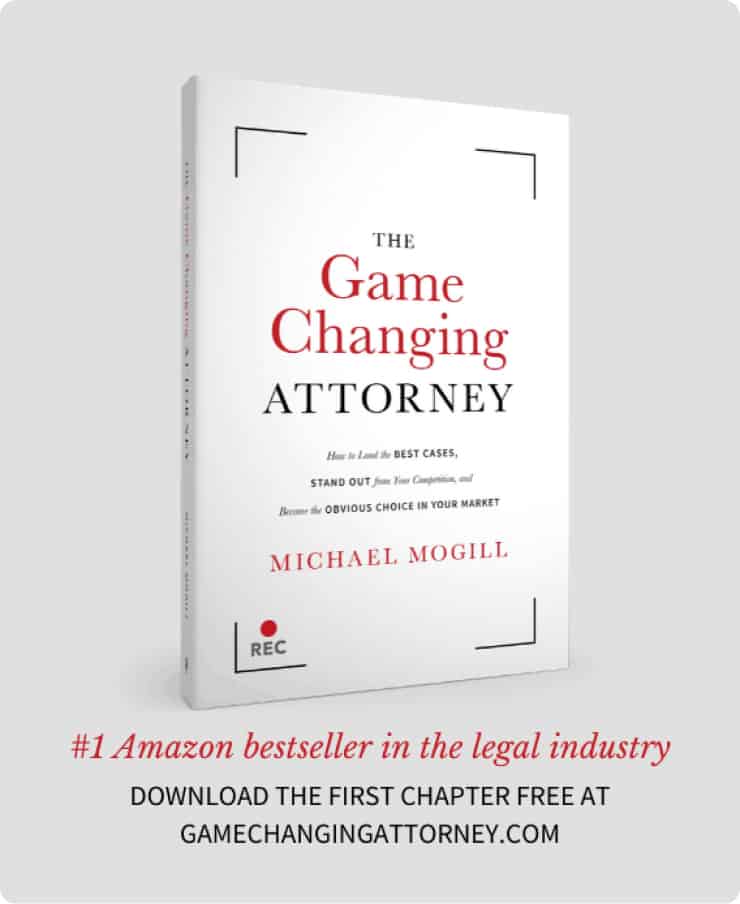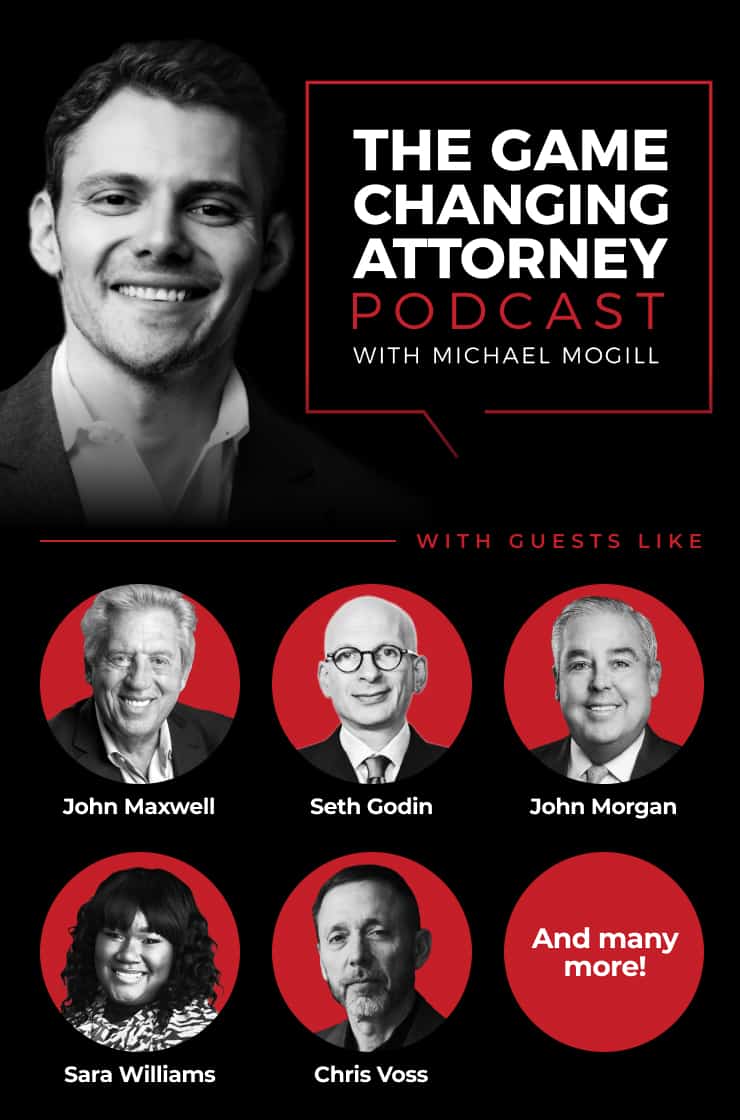This blog was originally published as an article in the PILMMA Insiders Journal.
There’s no way around it. Creating an effective and robust content marketing plan in today’s legal landscape is difficult. In order to generate long-lasting relationships with clients, law firm marketers must approach the game from a new angle.
For those law firms that want to grow quickly, maintain steady revenue streams, and develop a trusting and pleased client base, client-centric content marketing is a priority. The legal space alone is comprised of 1.3 million attorneys. Everyone knows they need content marketing in some capacity, but few firms focus their efforts.
Far too many attorneys are guilty of publishing content just to fulfill their marketing checklist without considering why they’re publishing content in the first place. For some, the correct marketing strategy is clouded by misinterpretations of SEO, Google rankings, and lead generation. When really, content marketing is designed to create and share online material that stimulates interest rather than promote a brand.
Content marketing, if implemented effectively, can drive substantial traffic to your website, and may increase your organic search rankings as a result. We see these positive changes for a very specific reason – people need complex solutions to poorly defined issues. Any source that continues to provide solid answers will continue to attract interest and convert leads at a high level.
The idea that every piece of content you produce should be designed with the customer in mind is crucial in understanding how some marketing strategies trump others. Your focus should be fixed on the client, not keyword research, SEO benefits, or conversion goals. If you create content that is laser focused on the needs and desires of your ideal client, optimal results will follow.
Here’s a quick beginner’s guide to creating a customer-centric content marketing plan:
Step One: Develop Your Ideal Client Persona
Before starting any marketing initiative, it is absolutely critical that you take the time to fully develop your ideal client persona.
Much to the chagrin of many attorneys, your ideal client is not “anyone who needs to hire a lawyer.”
Your ideal client persona is an amalgamation of traits from the best clients you’ve ever represented. By narrowing down that list of traits you will fine tune your content marketing by producing content that ideal persona will get value from.
Take some time to analyze your current clientele and identify the similarities that exist between your best clients. If you’re feeling stuck, consider these questions:
If you could wake up every morning and represent the same person again and again, who would they be? What would they do for a living? Would they have children? What keeps them up at night? How much money do they make? What traits are they looking for in an attorney?
Step Two: Identify Your Ideal Client’s Needs
In order to provide value to your ideal persona, you need to find out what your ideal client is searching for and what problem they’re trying to solve.
Keyword research is a useful strategy, and you can also take the time to talk to your existing clients and find out what their needs are.
For example, if you’re interested in taking on more car accident cases, determine what problems your clients will be trying to solve.
Do they want to know more about vehicle safety regulations? Would they be interested in learning about how texting-while-driving laws could impact them? What about common mistakes to avoid after getting into a car accident?
Your content marketing strategy should take a three-tiered approach that finds ways to target your ideal persona during every step of the buyer’s journey: awareness, consideration, and decision.
Step Three: Create Personalized Content, Distribute, and Repeat
There are two big questions you need to ask yourself when creating personalized content for your ideal client: “Why?” and “So what?”
First, ask yourself why you’re creating the content. Then, continue to ask yourself “So what?” while you’re creating it. You need be able to justify why a potential client should take the time out of their day to watch your video, read your blog, or open your email. The onus of responsibility is on you to make sure their time isn’t wasted.
Once you’ve created and published the content, you can use data to determine how best to distribute it. For example, you can use data about your clients’ online behavior to determine if they’re more receptive to receiving content via email, social media, or your website.
You can use your website analytics to determine which content generates the most traffic, how much time the average visitor spends on your blog or video, and which content isn’t connecting with your audience. This will influence the way you structure your content and will allow you to optimize your content marketing strategy so you consistently produce high-quality, valuable material.
To get our best guidance on defining your unique value proposition, communicating it through engaging video, and getting the most out of your brand video all in one comprehensive resource, check out The Game Changing Attorney. This is a book you’ll want to keep on your shelf to pull out every step of the way.
So why does this matter for your firm?
If you neglect your ideal client in your content marketing, you’ll be missing out on opportunities to generate revenue and streamline your existing content efforts.
A client-centric content marketing plan will allow you to build a relationship with your ideal client through the content you produce.
It will also allow you to cut the fat on your current content marketing efforts by saving you the time it previously took to create and produce content that wasn’t relevant to your ideal persona.
Here’s what this also means for your law firm: you’ll probably lose a portion of your existing audience. In fact, if you begin using your content to target a very specific persona, you’ll definitely lose a portion of your existing audience.
But that isn’t a bad thing. A “one-size-fits-all” approach to content marketing isn’t the best way to generate revenue, because if you try to appeal to everyone, you’ll ultimately end up appealing to no one.
Instead, dedicate some time in 2018 to beefing up your content marketing plan by ensuring everything you produce is tailor-made to your ideal client persona. If you can create a content framework that addresses your clients’ pain points, answers their questions, and provides a solution to their problems, you’ll be able to set your firm apart from the sea of low-quality, cheap content your competitors are producing and ultimately make yourself the obvious choice in your market.








